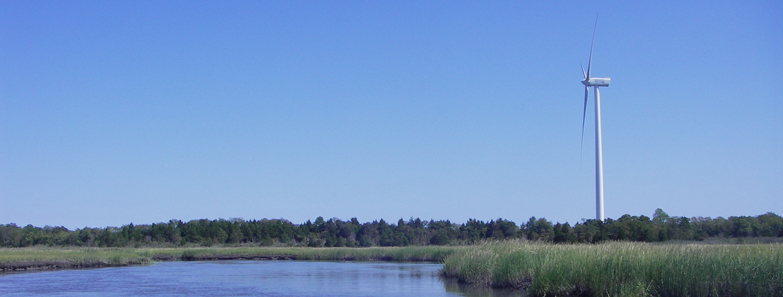The Broadkill River watershed in Sussex County encompasses 68,500 acres within the Delaware Bay and Estuary Basin. Twenty percent of the watershed is covered in wetlands.
In 2010 DNREC researchers assessed the tidal and nontidal wetlands located within the watershed to determine the overall condition and status of the present wetlands. The project documented the conversion of 75 acres of freshwater wetlands into development or agricultural use.
Coastal wetlands in Prime Hook National Wildlife Refuge and Broadkill beaches were lost to development and conversion to open water. However, it was determined that there was an overall increase in wetland acreage due to the creation of low-functioning stormwater retention ponds.
With an overall condition grade of a C+, is imperative to support the valuable resources within the Broadkill River watershed.
Based on this study, several recommendations were made to improve management and encourage informed decision making. These included:
The wetland assessment data garnered from this study will be used to design a restoration strategy for the Delaware Bay Watershed. The plan will be developed by an interagency team of scientists and managers.
Opportunities for both increasing wetland quality and quantity in target areas will be identified by integrating the data from the wetland monitoring and assessment program with data from other strategies and efforts.
For more information about the Condition Report, contact Alison Rogerson, at 302-739-9939.

Related Topics: assessment, broadkill, river, watershed, watershed stewardship, wetlands